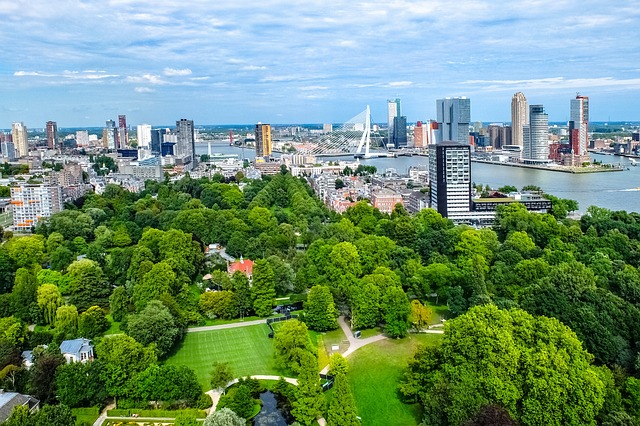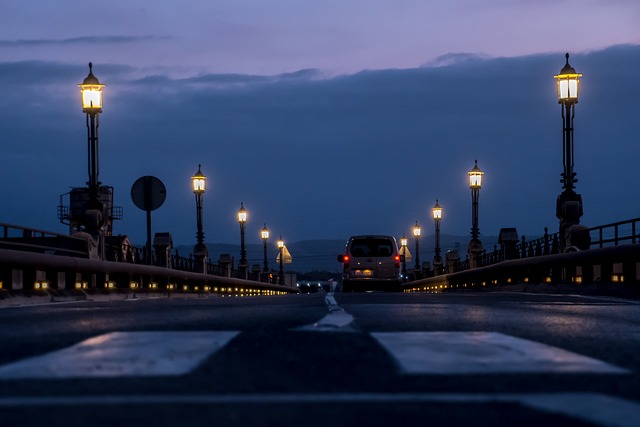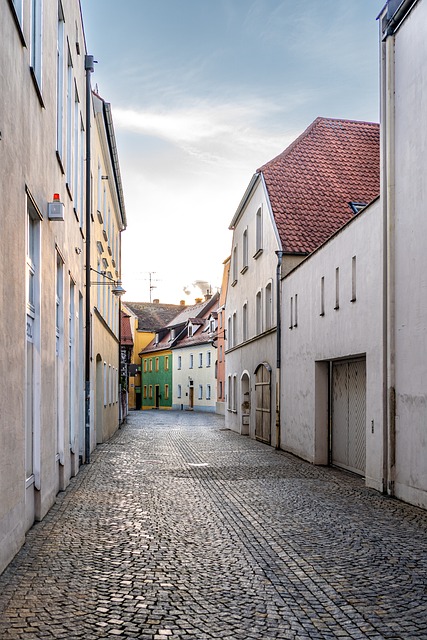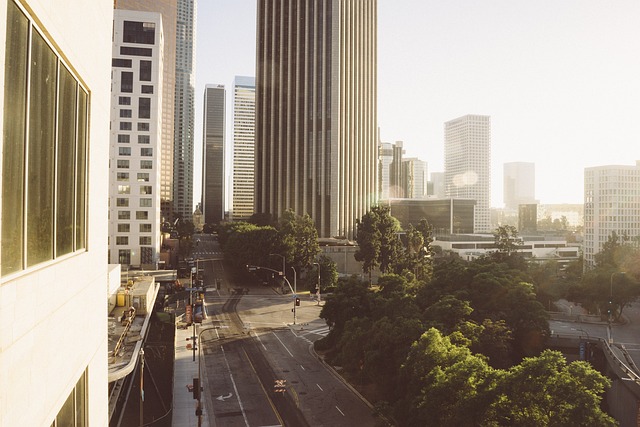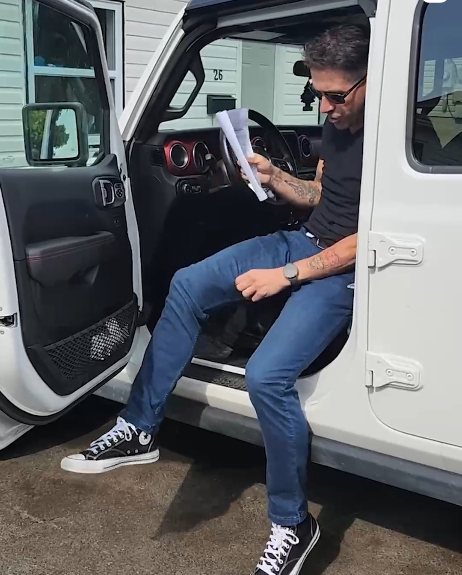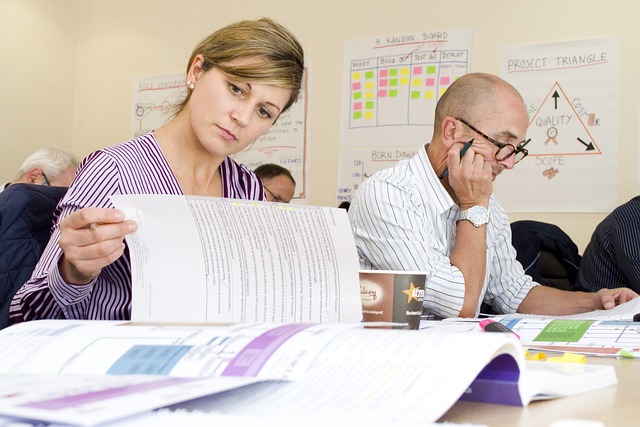People often get into thinking that going ‘green’ means going broke, all in pursuit of sustainability. But that isn’t true, not even close. Sure, some sustainable practices require major investments, but not all. There are so many budget-friendly upgrades cities and towns can make to improve environmental impact without going broke.
Practical changes can reduce carbon footprint, improve quality of life, create local jobs, and bring many other benefits. Also, regardless of the initial cost, most pay for themselves over time.
Some great eco-conscious upgrades cities can make even with limited funds are here.
Switch to LED Street Lighting
High-pressure sodium and metal halide streetlights should stay in the past because LEDs are one of the simplest ways to cut municipal energy costs. That is not just a claim from sustainable enthusiasts; it is a fact, and data support it. LED lights use up to 75% energy and can last even 25 times longer. Some utility companies offer rebates or incentives to offset upfront costs, which makes this upgrade more accessible.
LEDs’ benefits are not just cost savings. They also reduce light pollution. Motion activation is both a bright and energy-saving addition. Check the example : 10 Cities That Have Implemented LED Street Light.
Introduce Permeable Pavement for Sidewalks and Parking Areas
Standard pavement has its flaws, from contributing to runoff to flooding. Conversely, permeable surfaces like porous asphalt and permeable concrete allow water to soak into the ground. They also help filter pollutants and reduce pressure on the drainage system, which is far more beneficial than standard pavement can offer.
Cities with fast-shifting climates are starting to use permeable materials in some targeted zones. Working with a qualified asphalt paving contractor is crucial for that kind of project because they need to specialize in permeable or recycled asphalt to make this upgrade eco-conscious and cost-effective.
Plant and Maintain Urban Trees
You wouldn’t believe how extensive the list of benefits urban trees offer is. They improve air quality, lower surface temperature, offset stormwater runoff, and improve community well-being. Tree planting programs can be carried out in phases, concentrating on areas with low canopy coverage or major pedestrian use.
Caring for existing trees can also bring in great returns. Pruning, soil management, and pest control keep trees healthy and functioning. Grants from environmental nonprofits or partnerships with local schools and volunteer groups can be leveraged to draw more funds into the city coffers.
Installation of Smart Irrigation Systems in Public Areas
Water conservation is important to sustainable practice, especially in drought-prone areas. Smart irrigation systems utilize weather information, soil moisture levels, and automation of inefficient water delivery, which avoids overwatering and prevents evaporative losses.
Various benefits that cities are realizing from such systems include:
- Weather-based Adjustments – Systems register rainfall and make changes to the watering schedules.
- Soil Moisture Sensors – Monitoring the ground to water only when required means no waste.
- Remote Control – The maintenance teams are now monitoring and managing irrigation from a distance, which helps save labor costs.
- Leak Detection – Most smart systems send alerts for broken lines or valves, which reduces water loss.
These systems are most ideal for parks, median strips, and civic grounds. For those who say this is a big investment, there is a counterargument: reduced water bills can offset installation costs in a short time.
Other retrofitting schemes included in the cities even use existing systems to connect smart timers and sensors for savings.
Average Costs for Common Municipal Green Upgrades
There is no better explanation of how budget-friendly some green upgrades are than showing them in numbers. So, here is a cost snapshot for standard upgrades.
| Upgrade Type | Estimated Cost (in USD) | Notes |
| LED Streetlight (per unit) | 300-500 | Includes fixture and installation |
| Permeable Pavement (per sq. ft.) | 5-12 | Higher up front, lower long-term runoff |
| Urban Tree Planting (per tree) | 150-500 | Prices are different depending on species and location |
| Smart Irrigation System (zone) | 1,000-2,000 | Costs are based on area and equipment |
| Solar Waste Compactor (per unit) | 3,000-5,000 | Often eligible for environmental grants |
| Small Green Roof (per sq. ft.) | 10-25 | Based on materials and access |
Conclusion
As you can see so far, eco-friendly doesn’t have to translate to expensive. It can be very affordable, and with the right planning and approach, many of these upgrades can pay for themselves in savings over time.
At the end of the day, each ‘green’ step/upgrade you make, no matter how small, is a step in the right direction – forward. Why? Because it’s leading towards a sustainable future.
Moreover, not only are YOU making the correct choice, but you’re also leading by example, so that future generations may follow your ‘green’ footsteps.


